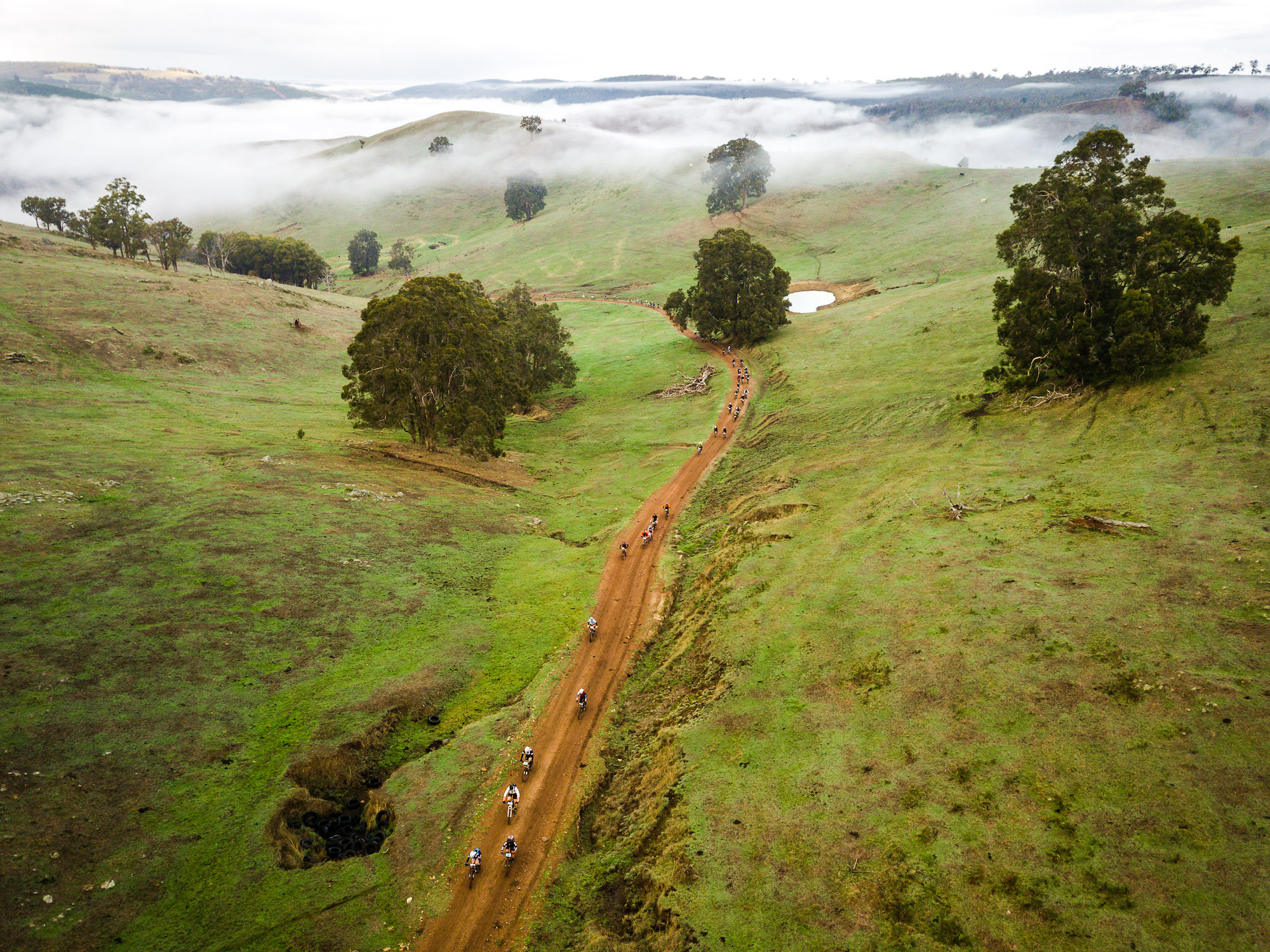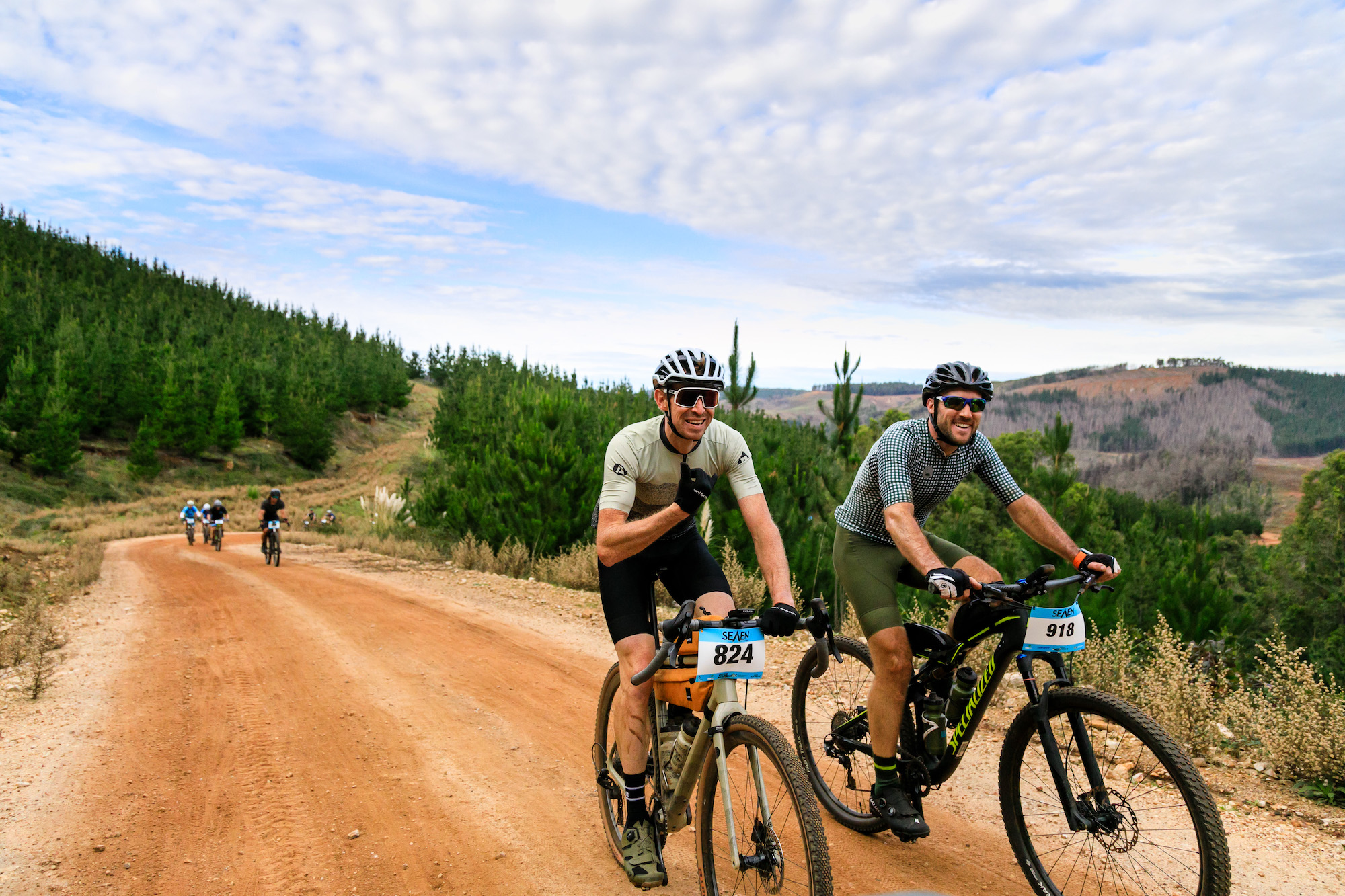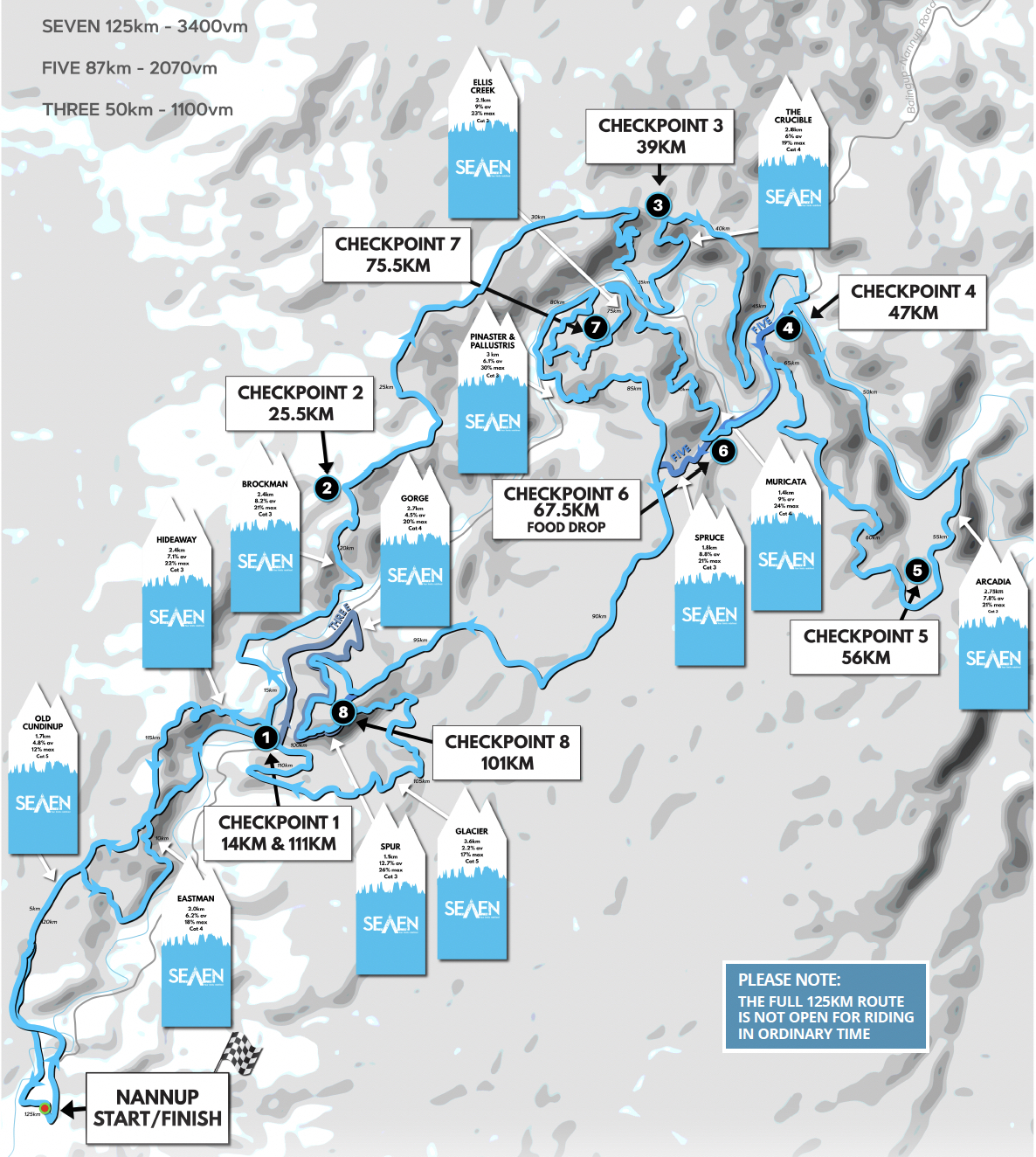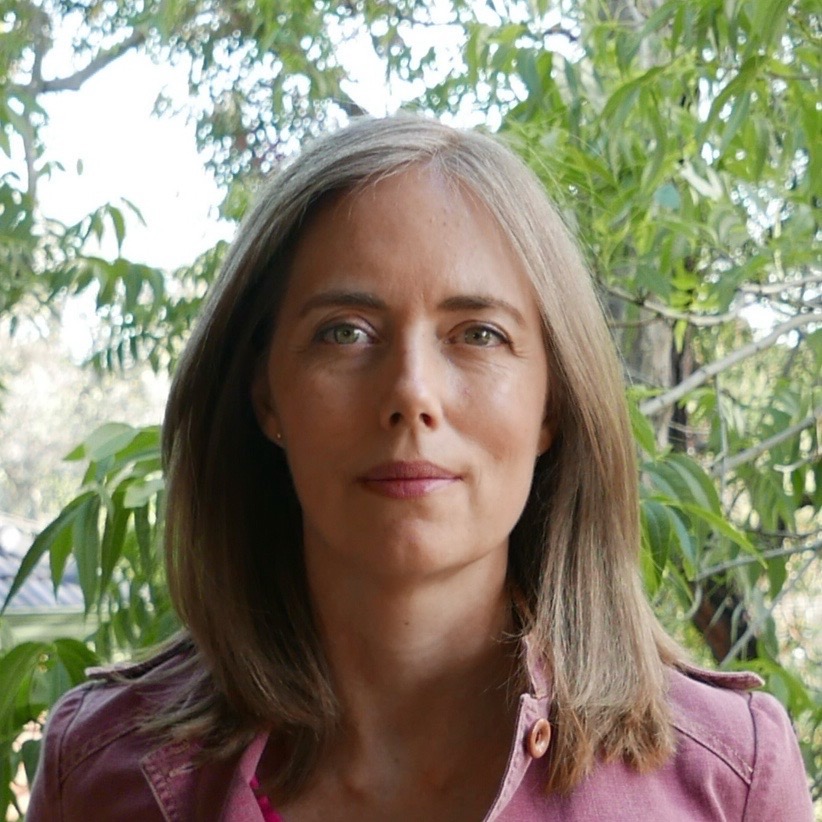Gravel World Series Nannup - Finding gravel gold in Western Australia
The evolution, course and future of the second event in the new UCI series, to be held Sunday May 15

Nannup, in the south-west of Western Australia almost looks like it had a pitch for a world-class gravel event firmly in mind when it was designing its shire website, with the prominent placement of the statistic that of its 536km of roads, 387km were unsealed.
That meant plenty of choice when the race organisers of Seven started to survey the terrain of Blackwood Valley for the gravel event which this Sunday May 15 will be home to the second round of the new Trek UCI Gravel World Series. Throw in trails and forestry roads as well and the choices seemed endless, with the triangle connecting the townships of Nannup, Bridgetown and Donnybrook estimated to have in excess of 1,000km of rideable roads and trails.
“I remember the first time I went to this area, that we call the highlands of the Margaret River region. It looked like Ireland or Scotland with green pine forests the size of my home region, it was huge, just endless,” Irish Race Director Stephen Gallagher told Cyclingnews. “There's just hundreds of hundreds of interesting gravel roads, lots of climbing, really, really well-maintained tracks … I was like, this is gold.”
The competitors thought so too, with the 237 that turned up in the first year, 2018, quickly growing to over 1,000 in 2021, even though a state border closure amid the COVID-19 pandemic meant riders couldn’t travel from outside Western Australia to attend.
"The event came at the sweet spot when gravel was starting to get popular,” said Gallagher, a former professional racer and, among other things, a director at Dig Deep coaching and a performance coach with Canyon-SRAM who is also involved in the Zwift Academy.
“We started to see the inclusion, first of all, in races like the Tour de France and Giro d'Italia of the odd gravel segment, and obviously the United States has a big momentum in gravel. Gravel itself was becoming part of the mainstream, I think because a lot of people were trying to get off the roads."
That growth, over the last couple of years, had its momentum stymied in some locations in eastern Australia, with cancellations all too regular an occurrence amid the national and state border closures due to the COVID-19 pandemic. However, Seven maintained its momentum in Western Australia, which had extremely low case numbers.
Get The Leadout Newsletter
The latest race content, interviews, features, reviews and expert buying guides, direct to your inbox!

When the plan for a UCI Gravel World Series was put in train, Seven, was ready and prepared with a strong local support base, a scenic tried and tested course plus the ambition to draw in the growing worldwide contingent of gravel riders to Western Australian shores.
As the second event in the Gravel World Series – and first of two to be held in Australia – there was not exactly a long lead time this year for the Western Australian race to capitalise on its position in the international series, as the announcement came less than two months before the race, plus the state's border only opened up in March too.
Regardless of this, organisers said they are seeing evidence that riders are travelling to take part in the event which can provide qualification for the UCI Gravel World Championships.
“This year we have already seen growth particularly from the east coast [of Australia], and obviously Southeast Asia as well is one of our big areas for travel accessibility here to Western Australia,” said Gallagher.
Nathan Haas will be among the riders travelling to the event, kicking off his participation in the World Series at Nannup, with the Australian now having made the switch from the World Tour to competing full-time on the gravel circuit.
The course
Awaiting Western Australians and visitors alike is a route the connects the townships of Nannup, Bridgetown and Donnybrook as it takes riders across 125km with over 3,000m of vertical ascent and nine checkpoints before the finish line. The race starts and finishes in Nannup – a town that’s name stemmed from a word in the Noongar people's language meaning stopping place. It is about 250km south of Perth and the shire has a population of nearly 1,300 with about half residing in the township of Nannup.
The course is mostly made up unpaved, well-formed roads with a mix of dirt, gravel, hard-packed clay, quartz grit and mica. The organisers said the vast majority is best described as “parallel single track” with virtually no fire trails, only 2km of wide single track and a scant 3km of sealed road found as the race winds out of town in the neutral zone, and in the final 800m.

There are ten major climbs spread across the 125km course, ranging in length from 1.2km to 4.5km with gradients often touching 20%. After a 7:00 race start in Nannup on Sunday, with good conditions, the first riders are expected to make it back to the finish line at around 11.45 local time while the final cut off is 17:00, a mark some riders miss each year on the challenging course.
During that time the riders will pass through a diversity of terrain, moving through everything from pine forests, eucalypt dominated roadsides, open farmland and river sides. The varied terrain – in a state that has everything from rugged coastline and thriving wildflowers to widespread stretches of desert – is also where the event got its name.
The name, Seven, is drawn from the number of different areas with their own distinct personalities that the race crosses through, which of course is seven for the 125km event, with the 87km event named Five and the 48km course called Three.
A World Championship future?
The organisers of Seven were quick to see the potential of a World Gravel Series when the idea was first floated, with the UCI association and recognition that comes with the series helping to build up an international group of races.
“A Gravel World Series will hopefully make them more prominent and bring them to that wider audience, enable people to travel from one event to another to qualify [for the Gravel World Championships], but it’s also more than that,” said Gallagher. “Riders have the knowledge, that being a UCI accredited event it has to have a minimum quality of organisation and professionalism.”
"You also feel like you're part of a new wave of cycling. I think it's important for us to be at the forefront of that."
The World Series is not where the ambitions for the race stop, as organisers hope that it will also at some stage be home to the UCI Gravel World Championships, which this year is expected to be held in Tuscany.
"We're trying for the World Championships in the coming years," said Gallagher. "Obviously, there's a lot of process to go through but it is a big part of our confidence in the event here, to say that we are able to host a World Championships, and also confidence in the terrain, that people will want to come and ride it."

Simone is a degree-qualified journalist that has accumulated decades of wide-ranging experience while working across a variety of leading media organisations. She joined Cyclingnews as a Production Editor at the start of the 2021 season and has now moved into the role of Australia Editor. Previously she worked as a freelance writer, Australian Editor at Ella CyclingTips and as a correspondent for Reuters and Bloomberg. Cycling was initially purely a leisure pursuit for Simone, who started out as a business journalist, but in 2015 her career focus also shifted to the sport.